Curtains for Imran Khan? Inside Pakistan’s Bid to End His Career
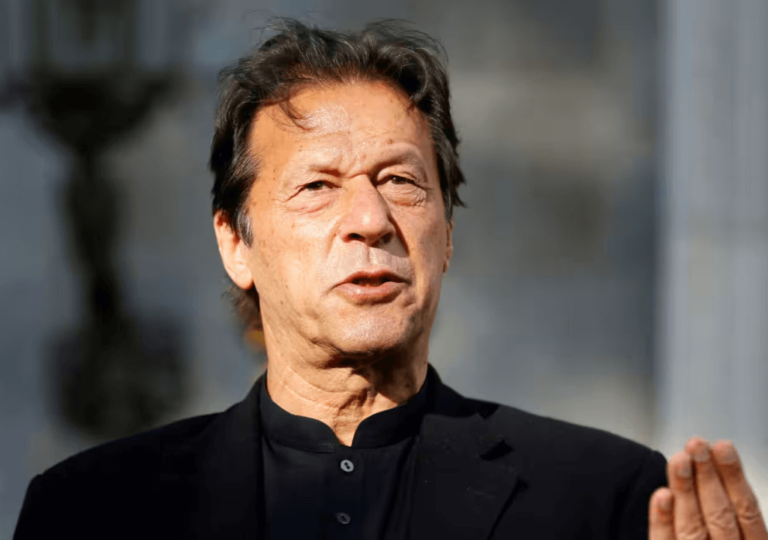
Imran Khan faces a 14-year prison sentence amid political turmoil, as authorities seek to sideline him from politics

Imran Khan faces a 14-year prison sentence amid political turmoil, as authorities seek to sideline him from politics
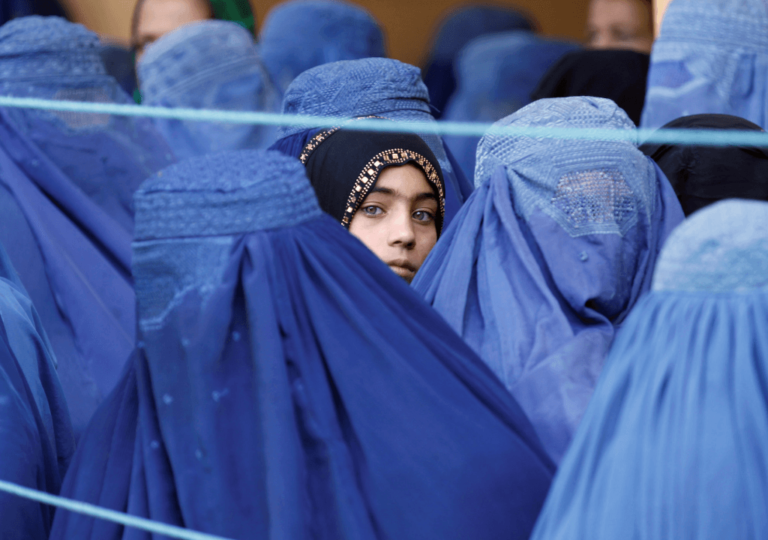
India seeks to strengthen ties with the Taliban amid shifting regional dynamics and evolving security concerns in Afghanistan

Sikhs have long sought political autonomy, leading to tensions over Khalistan amid rising nationalism in India
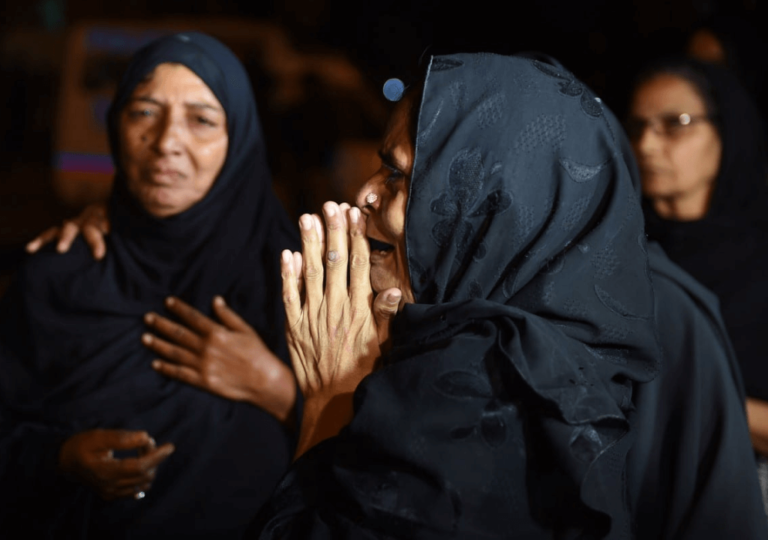
Sectarian violence in Pakistan escalates, with 300 families fleeing recent clashes that left 32 dead, highlighting systemic oppression of Shia Muslims
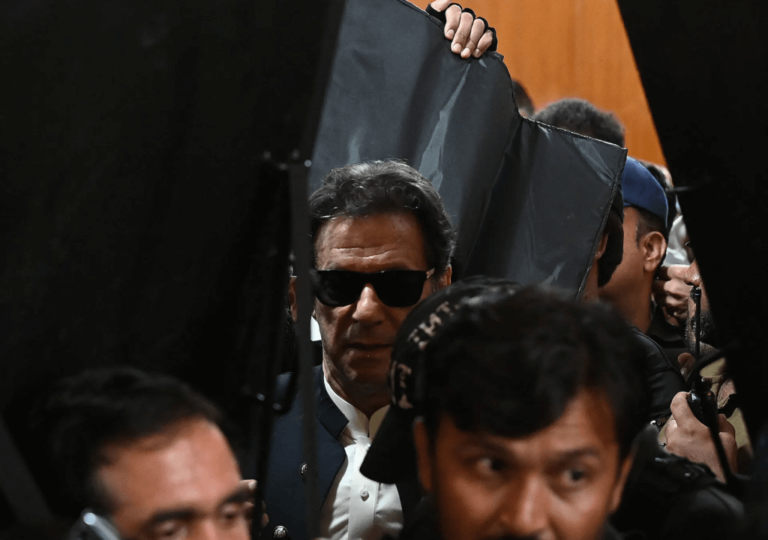
Pakistan faces an existential crisis as public dissent rises against a ruling elite amid economic collapse and political turmoil
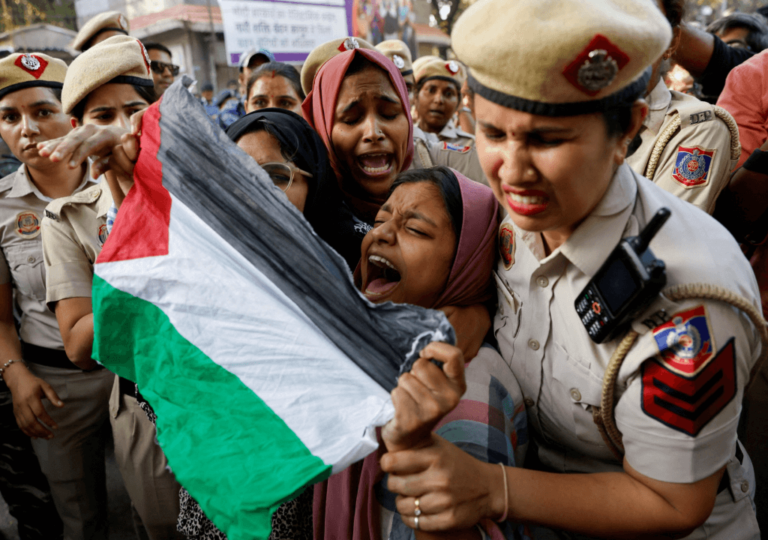
Protests in South Asia over the Israel-Palestine conflict reveal deep religious ties and societal divisions amid local issues
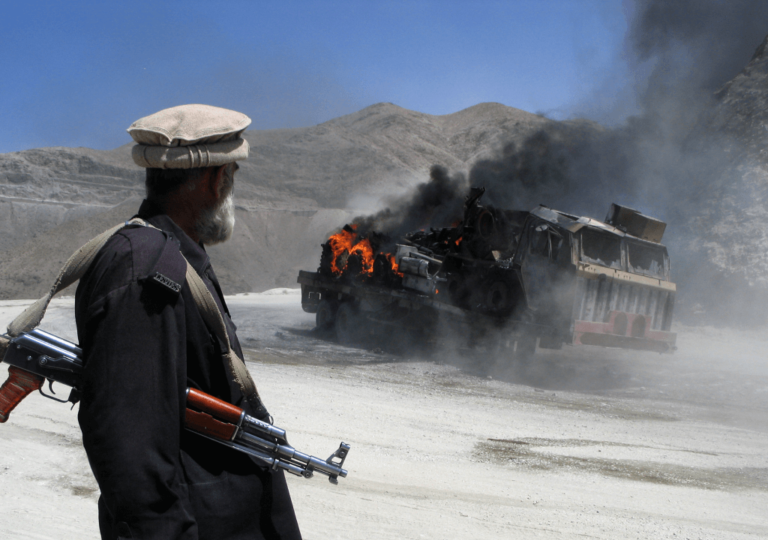
The demand for an independent Balochistan, a state for the Baloch people, has led to conflicts with Pakistan since 1948
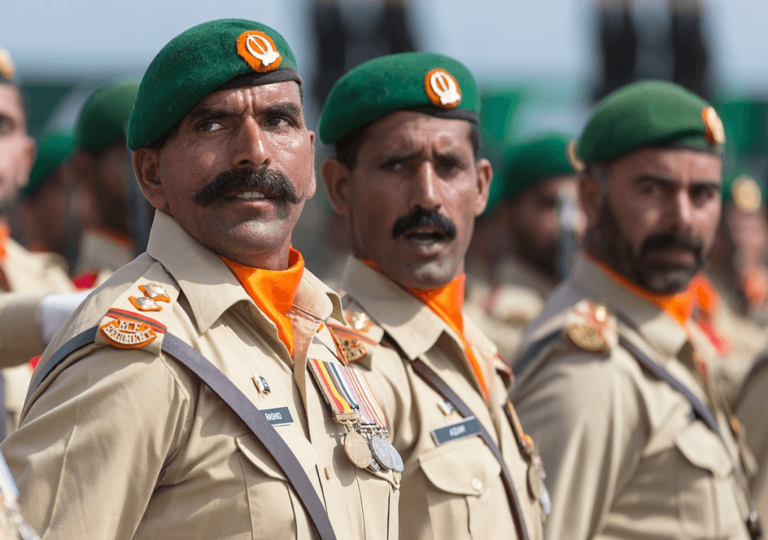
Pakistan faces rising extremism as Islamist factions gain influence, challenging modern governance and minority rights
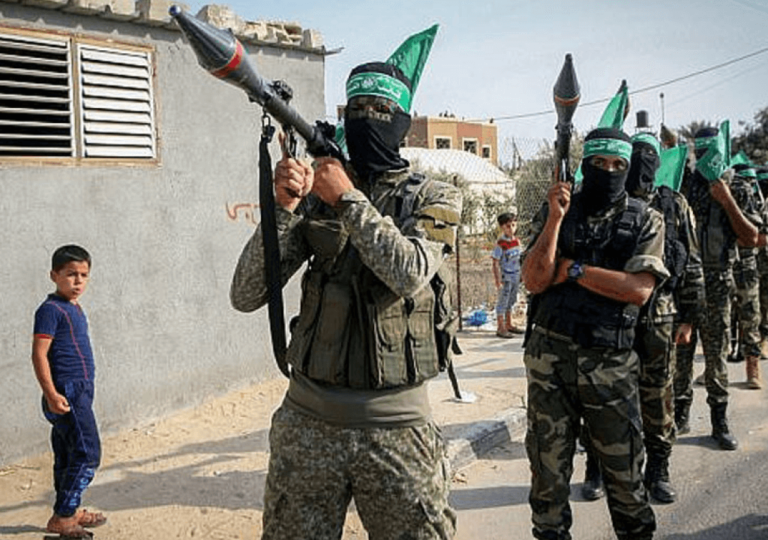
Gaza faces immense suffering, with a death toll nearing 40,000 amid ongoing conflict and humanitarian crises
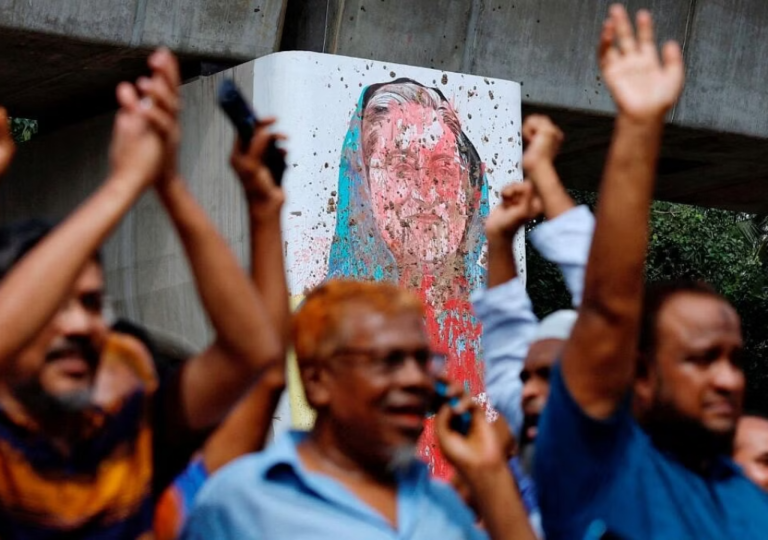
Bangladesh's identity stems from conflicts involving India and Pakistan, influencing its politics